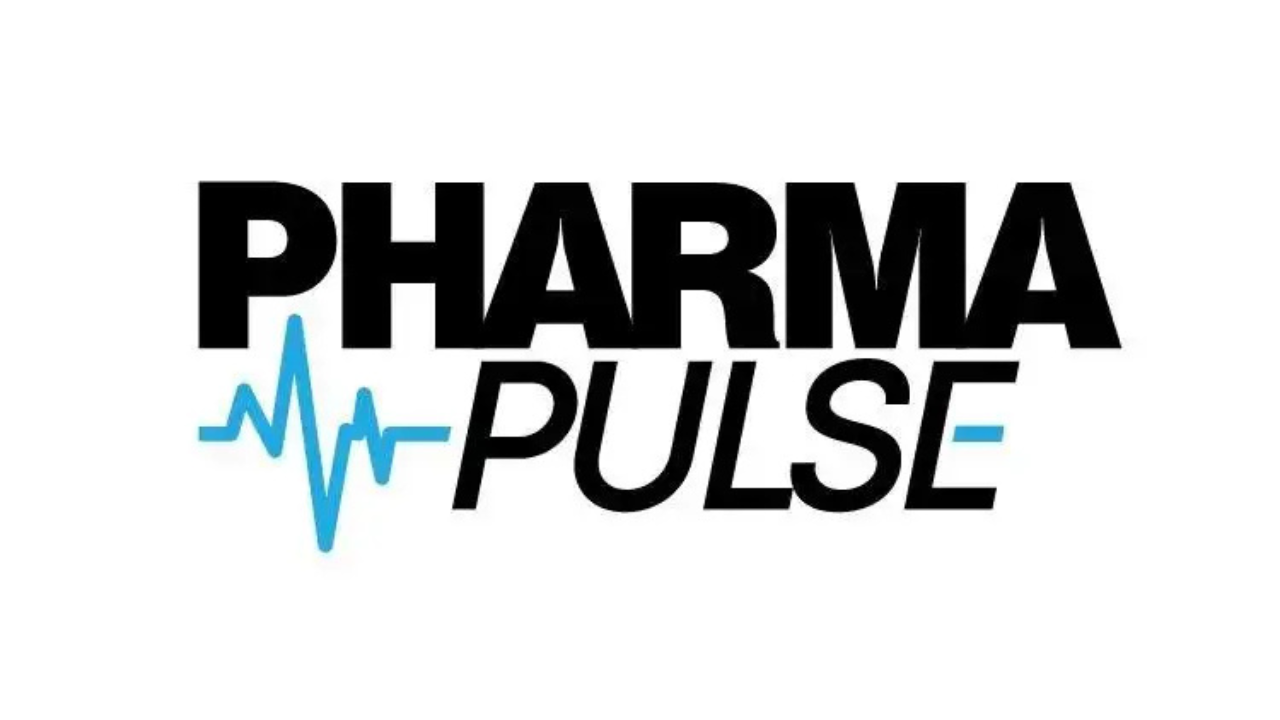
Eli Lilly has built the case for its oral GLP-1 agonist orforglipron with two more phase 3 readouts, including new data showing that it can improve blood glucose compared to a go-to therapy for type 2 diabetes.
Topline results from the ACHIEVE-2 trial showed orforglipron at a dose of 12 mg was better than AstraZeneca’s SGLT2 inhibitor Farxiga (dapagliflozin) at reducing haemoglobin A1C levels, a marker for glucose control, in adults with type 2 diabetes inadequately controlled on metformin.
The two regimens achieved reductions of 1.7% and 0.8% from an average baseline level of 8.1%, respectively, which Lilly said met the study’s primary endpoint. Typically, treatment aims to reduce levels of the biomarker below 7% in type 2 diabetes, suggesting only orforglipron was able to achieve that objective.
The ACHIEVE-5 study, meanwhile, found that adding orforglipron 12 mg to insulin glargine, given with or without metformin and/or SGLT-2 inhibitors, lowered A1C levels by 2.1%, compared to a 0.8% decline with placebo, from an initial baseline level of 8.5%.
The results add to a series of positive late-stage trial reveals for orforglipron, including the recent ATTAIN-1 and ATTAIN-2 trials, which showed average weight loss of up to 12.4% and 10.5%, respectively, in overweight people with and without diabetes.
Shares in the company dipped after those readouts because investors were concerned the weight loss was not as impressive as the 15% reduction that was seen with Novo Nordisk’s oral formulation of rival GLP-1 agonist semaglutide in the OASIS 1 trial.
Meanwhile, the ACHIEVE-1 trial reported earlier this year showed reductions in A1C with orforglipron of up to 1.6% from a baseline of 8.0%, compared to around 0.4% with placebo, while ACHIEVE-3 showed it was better than oral semaglutide.
The latter study revealed A1C reductions of 1.9% reduction with orforglipron 12 mg and 2.2% with a 36 mg dose compared to 1.1% with semaglutide 7 mg and 1.4% with semaglutide 14 mg.
It’s worth noting that those are the semaglutide strengths available in Novo Nordisk’s already-marketed Rybelsus product for diabetes, and the company is developing a higher-dose version (25 mg) as an obesity treatment.
“Orforglipron has now demonstrated superiority over two active comparators in clinical trials for type 2 diabetes,” said Jeff Emmick, head of product development for Lilly Cardiometabolic Health. “Together, these results reinforce orforglipron’s potential to become a new standard of care for people living with type 2 diabetes.”
Lilly has said it is preparing to file orforglipron for approval in obesity, likely before the end of the year, with a follow-up filing in type 2 diabetes anticipated in 2026. Novo Nordisk, meanwhile, is expecting a decision on its oral semaglutide for obesity sometime around the turn of the year.









